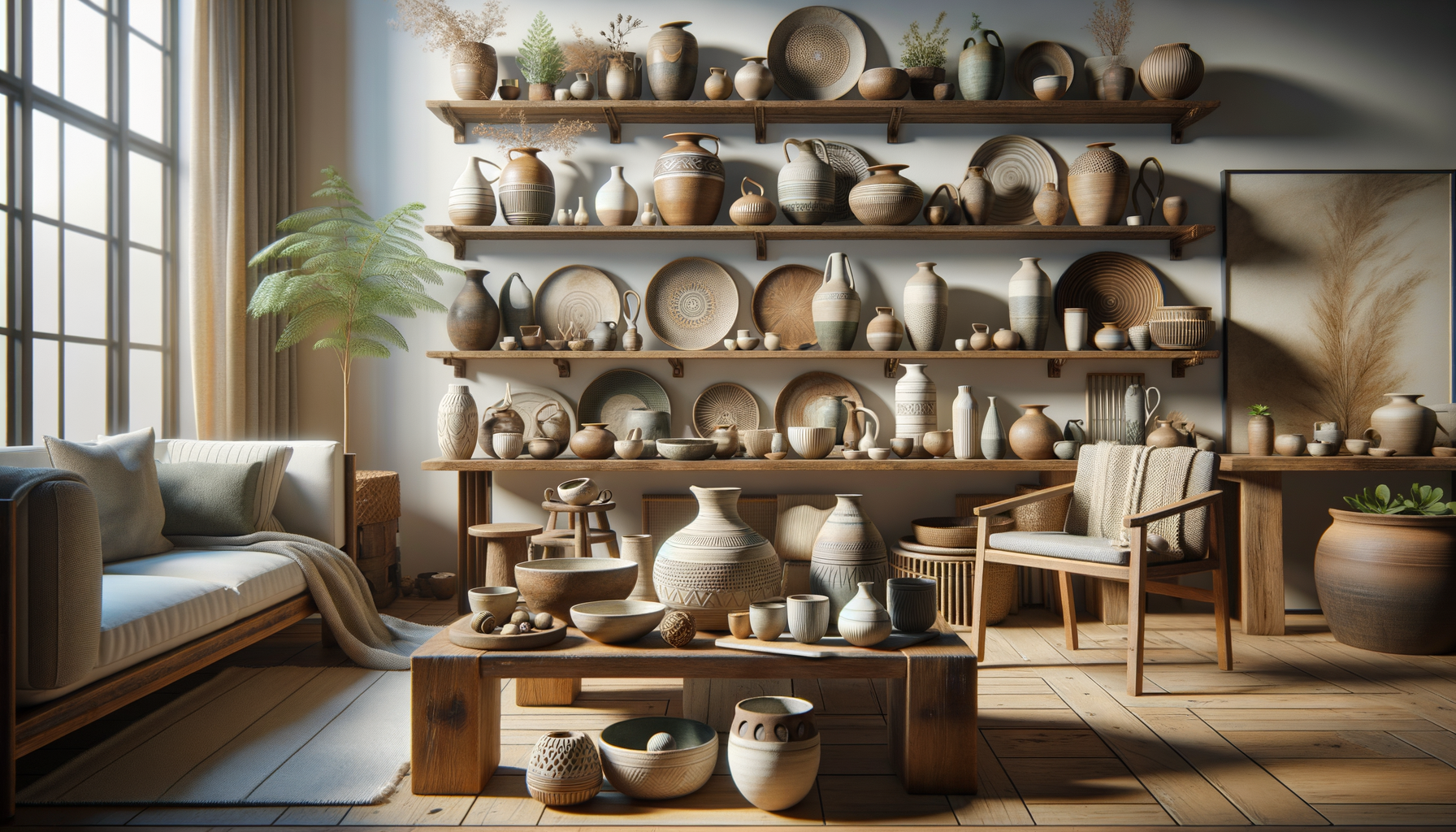Shaping Creativity: The Artistic Journey of Pottery

Exploring Pottery: Beyond Functional Craftsmanship
Pottery has been a cornerstone of human civilization for thousands of years, evolving from mere utilitarian objects to profound works of art. This transformation highlights the intricate relationship between functionality and aesthetic expression.
The Evolution of Pottery as an Art Form
Initially, pottery served basic needs such as storage, cooking, and carrying water. However, as societies advanced, so did their pottery techniques and artistic ambitions. Today, pottery is celebrated not just for its utility but for its ability to convey artistic vision.
- Ancient Civilizations: Early pottery from civilizations like the Greeks and Native Americans showcased decorative patterns and symbolic motifs.
- Medieval Period: Pottery became more refined, with techniques such as glazing enhancing both beauty and functionality.
- Modern Era: Contemporary potters experiment with forms, colors, and textures, pushing the boundaries of traditional methods.
Techniques That Shape Artistic Pottery
The artistry of pottery is influenced by various techniques that allow artists to express their creativity:
- Wheel Throwing: This technique involves shaping clay on a rotating wheel, allowing for symmetrical and intricate designs.
- Hand-Building: Artists sculpt pottery by hand, offering more freedom for unique and organic forms.
- Slip Casting: Liquid clay is poured into molds, enabling precise and repeatable shapes.
Pottery in Contemporary Art
In today’s art world, pottery bridges the gap between traditional craftsmanship and modern art. Artists utilize contemporary materials and innovative methods to create pieces that challenge conventional perceptions.
“Pottery today is not just about vessels; it’s about creating narratives and evoking emotions through clay.”
From large-scale installations to minimalist designs, contemporary potters explore themes such as sustainability, identity, and abstraction.
- Sustainability: Using eco-friendly materials and methods to create environmentally responsible art.
- Identity: Expressing personal and cultural identities through unique pottery styles.
- Abstraction: Moving away from functional forms to create purely aesthetic pieces.
The Impact of Pottery on Culture and Society
Pottery holds significant cultural value, often reflecting the traditions, beliefs, and histories of communities. It serves as a tangible link between past and present, preserving heritage through ceramic art.
“Every pottery piece tells a story, capturing moments and memories in clay.”
Moreover, pottery fosters community and connection, as workshops and studios become spaces for collaboration and shared creativity.
Getting Started with Pottery
For those interested in exploring pottery as an art form, here are some steps to begin:
- Learn the Basics: Understand fundamental techniques through classes or online tutorials.
- Gather Materials: Invest in essential tools and quality clay to start creating.
- Practice Regularly: Consistent practice helps in refining skills and developing a personal style.
- Join a Community: Engage with other potters for inspiration, feedback, and support.
- Explore Creativity: Experiment with different techniques, glazes, and forms to express your artistic vision.
Conclusion
Pottery stands as a testament to human creativity and ingenuity, seamlessly blending function with art. Whether you’re a seasoned artist or a curious beginner, exploring pottery offers a rewarding journey into craftsmanship and self-expression.